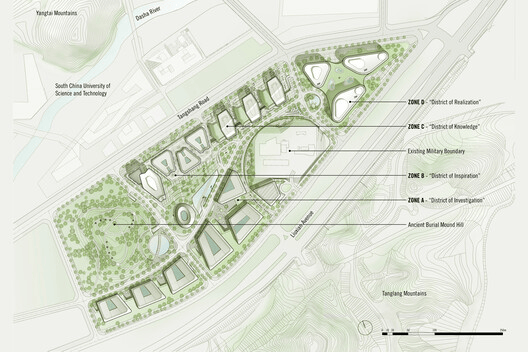Introduction:
Embarking on the path towards an architecture degree is an exhilarating adventure filled with creativity, innovation, and the promise of shaping the world around us. Yet, for many prospective architects, the question of how long it takes to earn such a prestigious qualification looms large. In this comprehensive exploration, we will delve into the various factors that influence the timeline of an architecture degree, shedding light on the different pathways, program structures, and considerations that aspiring architects should be aware of.
Understanding the Architecture Degree Landscape: Before diving into the specifics of duration, it’s crucial to grasp the foundational elements that define architectural education and its diverse offerings.
1.Architecture Degree Types:
-
- Bachelor of Architecture (B.Arch)
- Bachelor of Science in Architecture (BS Arch)
- Master of Architecture (M.Arch)
Doctor of Philosophy in Architecture (Ph.D.)
2.Accreditation and Recognition:
-
-
- NAAB Accreditation: Recognized by the National Architectural Accrediting Board.
- RIBA Accreditation: Accreditation from the Royal Institute of British Architects.
-
Other Regional and International Accreditations.
3.Program Structures:
-
-
-
- Traditional Full-Time Programs
- Part-Time and Flexible Scheduling Options
- Accelerated or Intensive Programs
-
-
Exploring the Bachelor’s Degree Journey: The Bachelor’s degree serves as the foundational stage for aspiring architects, providing them with essential knowledge and skills to embark on their professional journey.
1.Duration:
-
- Typically spans four to five years, depending on the program and country.
Some programs integrate a pre-professional phase followed by a professional phase, extending the duration to five years.
2.Curriculum Highlights:
-
-
- Design Studios: Fostering creativity and design thinking.
- Architectural History and Theory: Understanding the evolution of architectural styles and philosophies.
- Building Technology and Construction: Learning about materials, structures, and construction methods.
- Professional Practice: Introducing students to ethical, legal, and business aspects of architecture.
-
Advancing to the Master’s Level: For many aspiring architects, pursuing a Master’s degree is the next step towards specialization, licensure, and advanced career opportunities.
1.Duration:
-
- Typically spans two to three years for students with a Bachelor’s degree in architecture.
Longer durations may apply for students with non-architecture backgrounds or those opting for specialized tracks.
2.Specializations and Concentrations:
-
-
- Urban Design
- Sustainable Architecture
- Historic Preservation
- Digital Fabrication and Parametric Design
-
Considering Doctoral Studies: Doctoral programs in architecture are tailored for individuals passionate about research, academia, and pushing the boundaries of architectural knowledge.
1.Duration:
Generally lasts three to five years, depending on research focus and dissertation requirements.
2.Research Areas:
-
-
- Architectural Theory and Criticism
- Environmental Psychology and Design
- Urban Planning and Policy
- Building Performance and Technology
-
Factors Impacting Duration: Several factors can influence the overall timeline of earning an architecture degree, including:
- Transfer Credits: Previous education and credits may accelerate the degree timeline for some students.
- Internship and Co-op Experiences: Participating in internships or co-op programs can extend the duration but provide valuable practical experience.
- Thesis or Capstone Projects: Programs requiring research or design projects may require additional time for completion.
- Licensure Requirements: Aspiring architects aiming for licensure must fulfill internship hours and pass licensure exams, which may extend the overall timeline.
Conclusion:
The journey to earning an architecture degree is as diverse as the structures architects design. Whether embarking on a traditional five-year Bachelor’s program or pursuing advanced studies through Master’s or doctoral degrees, each pathway offers unique opportunities for growth, exploration, and contribution to the built environment. By understanding the various program structures, accreditation standards, and personal aspirations, aspiring architects can chart a course that aligns with their professional goals and paves the way for a fulfilling career in architecture.




